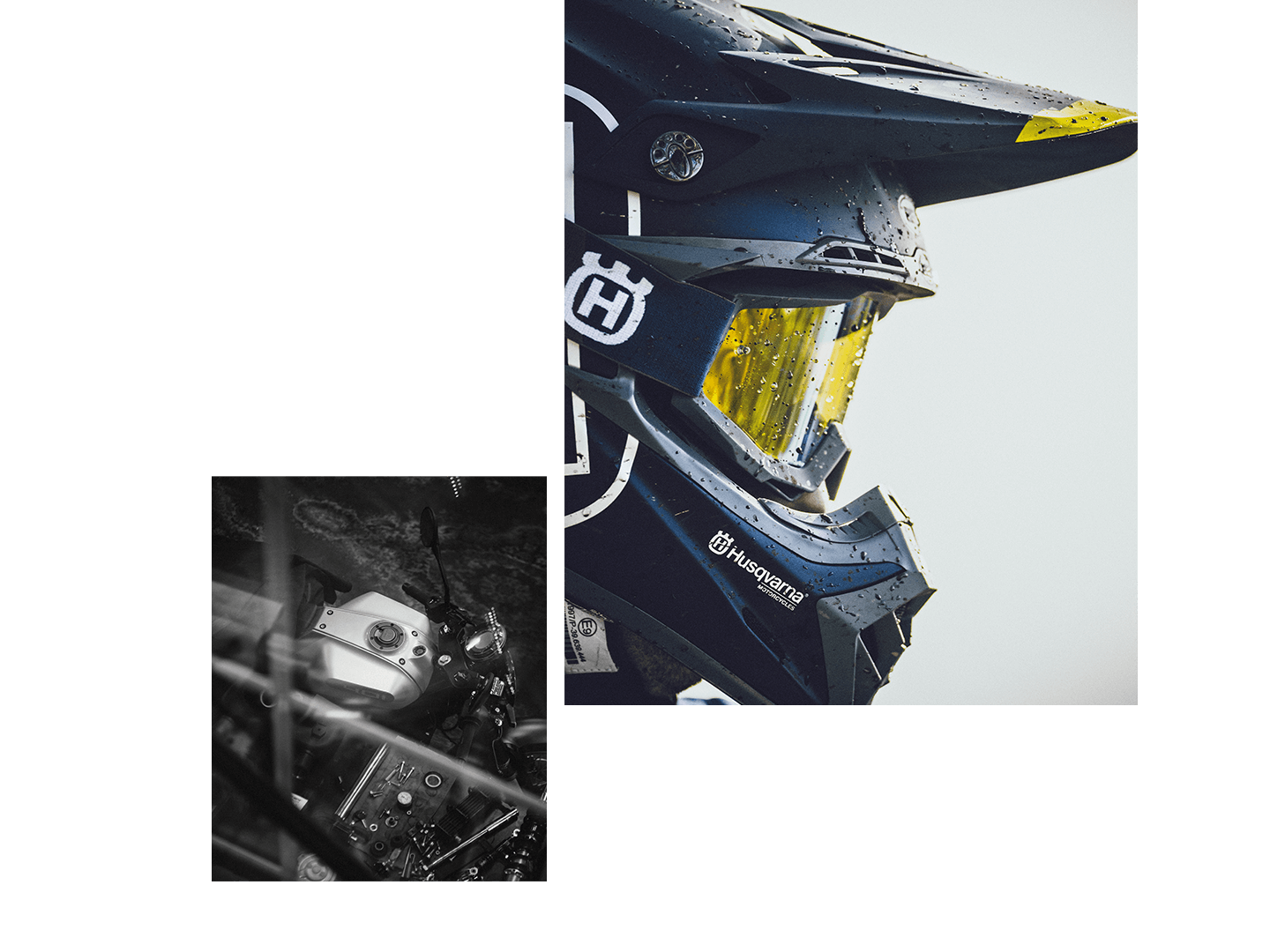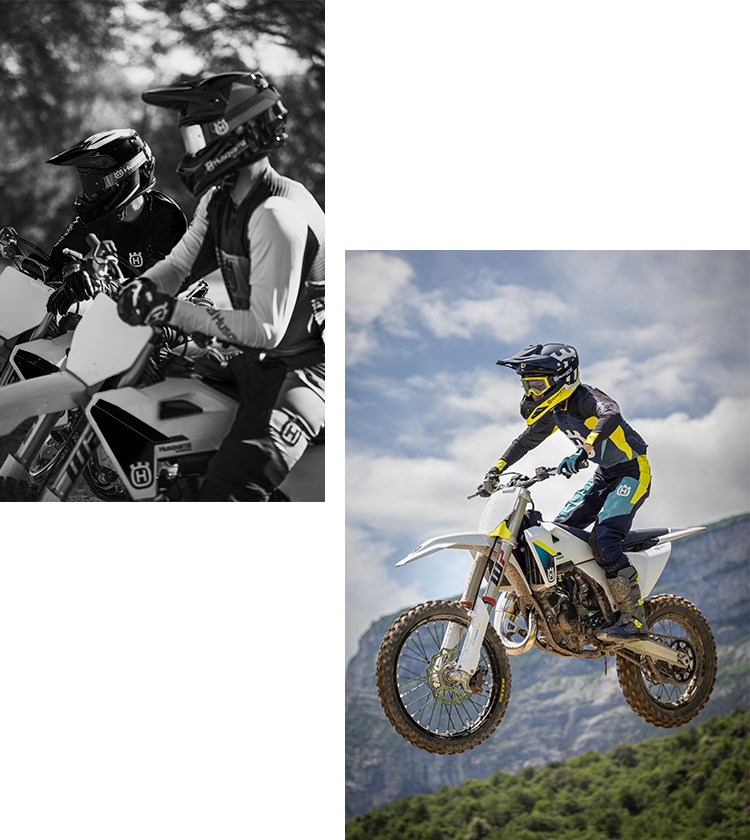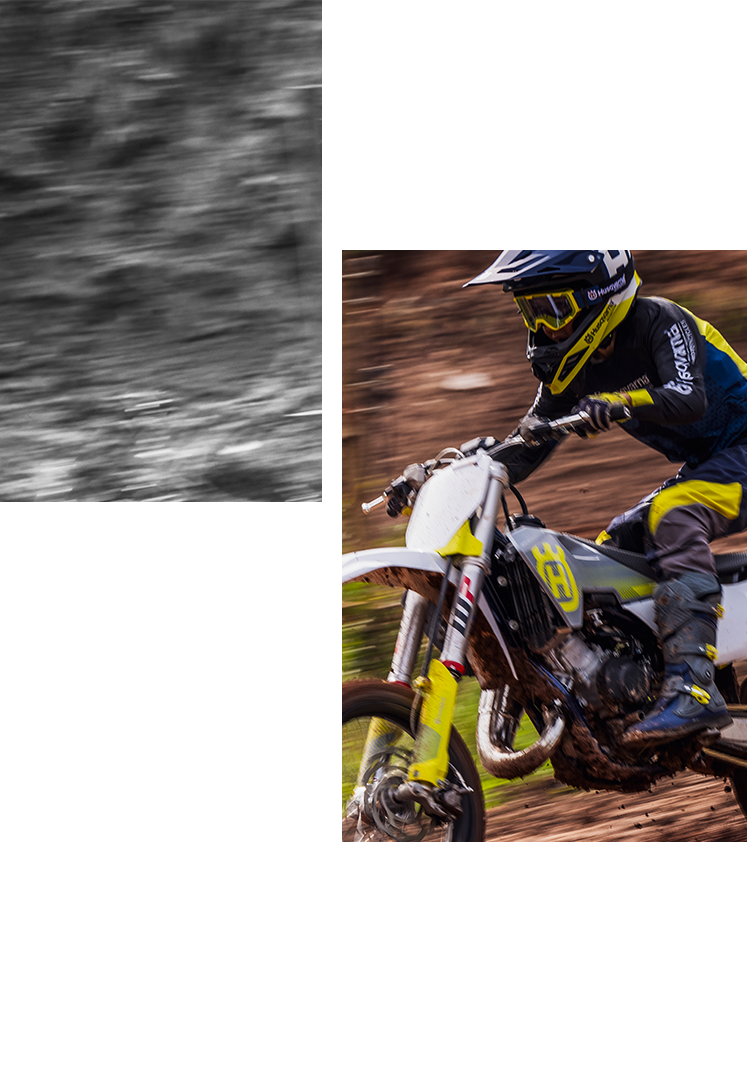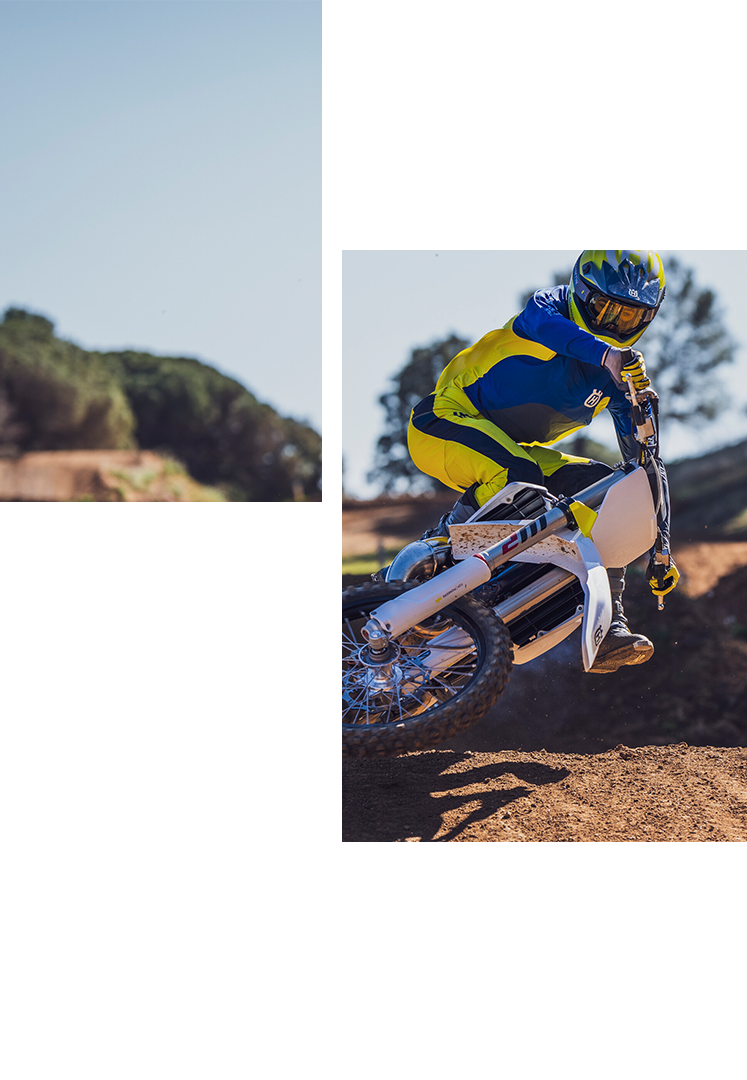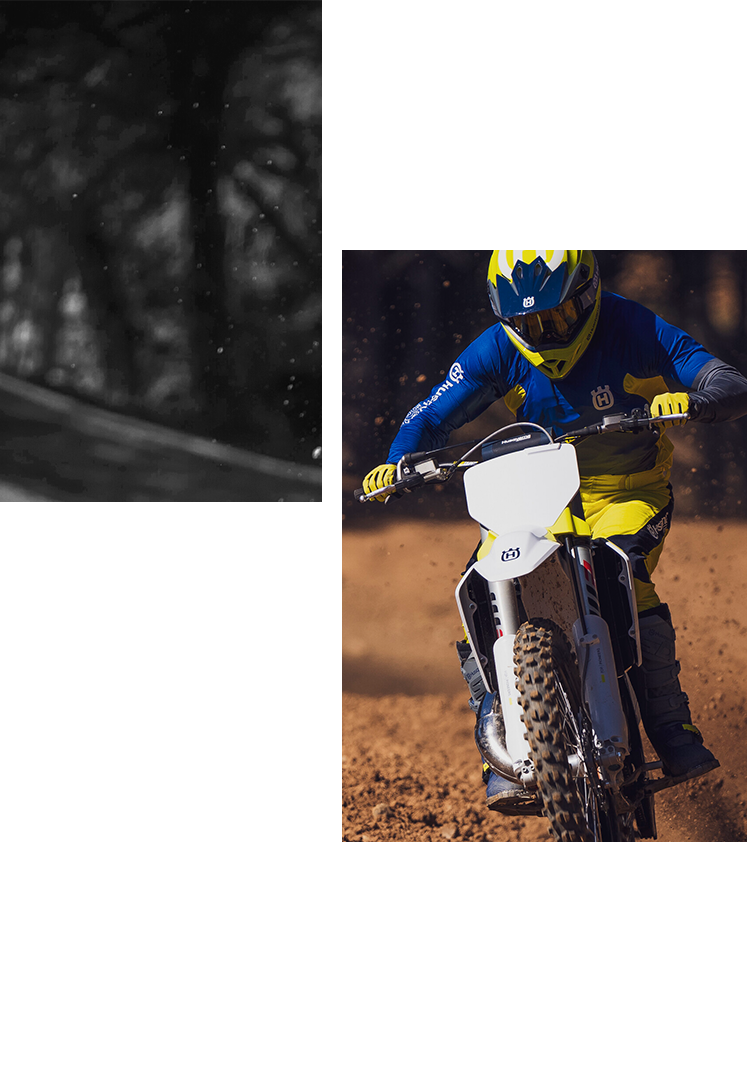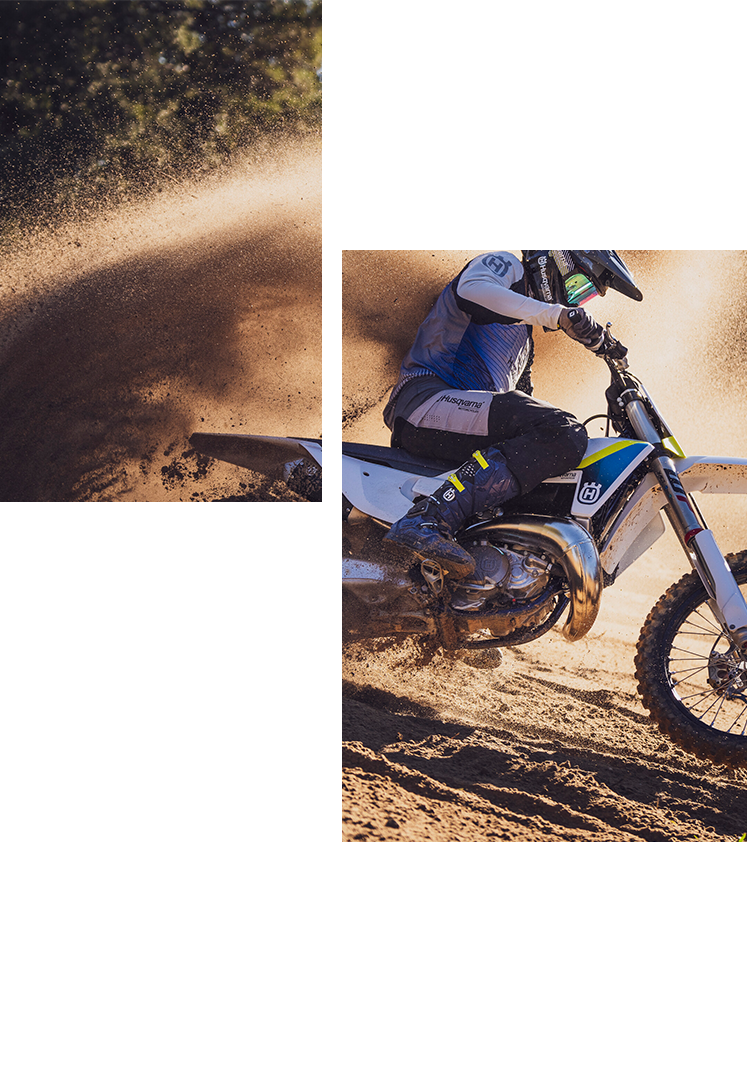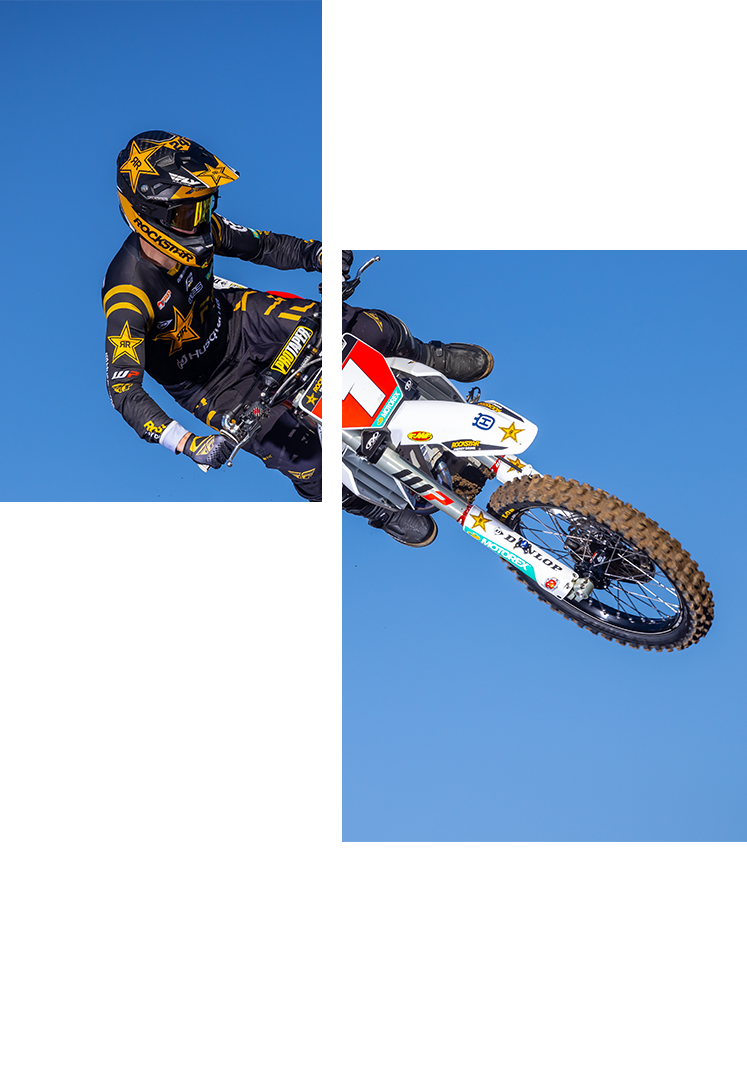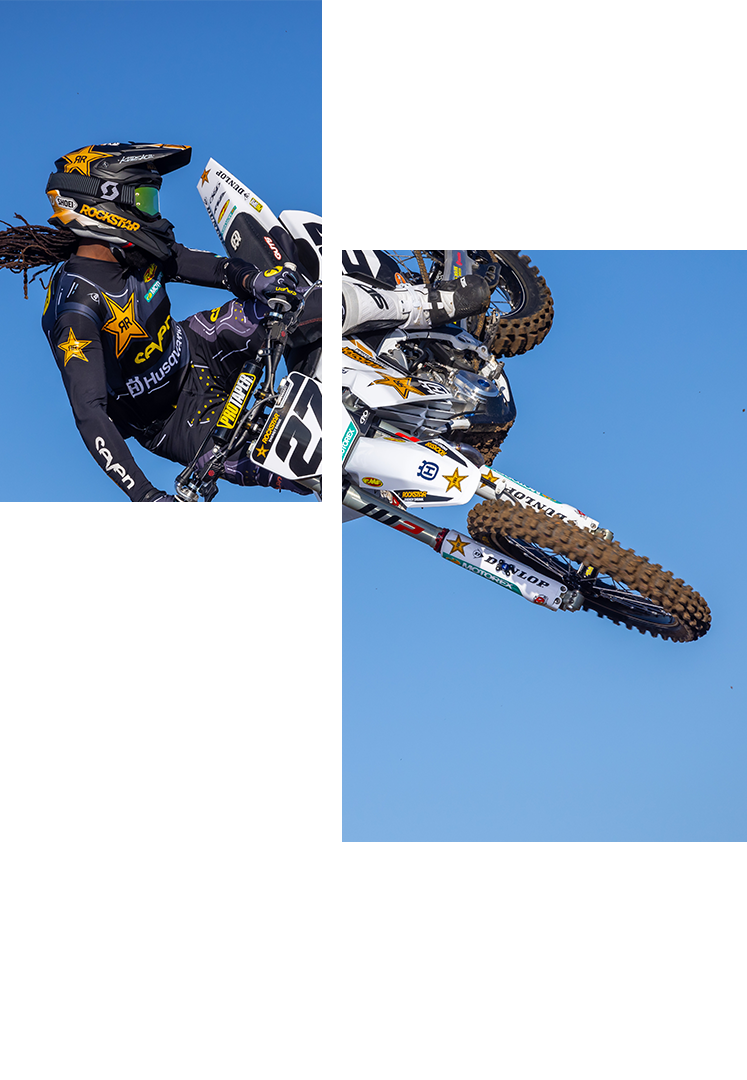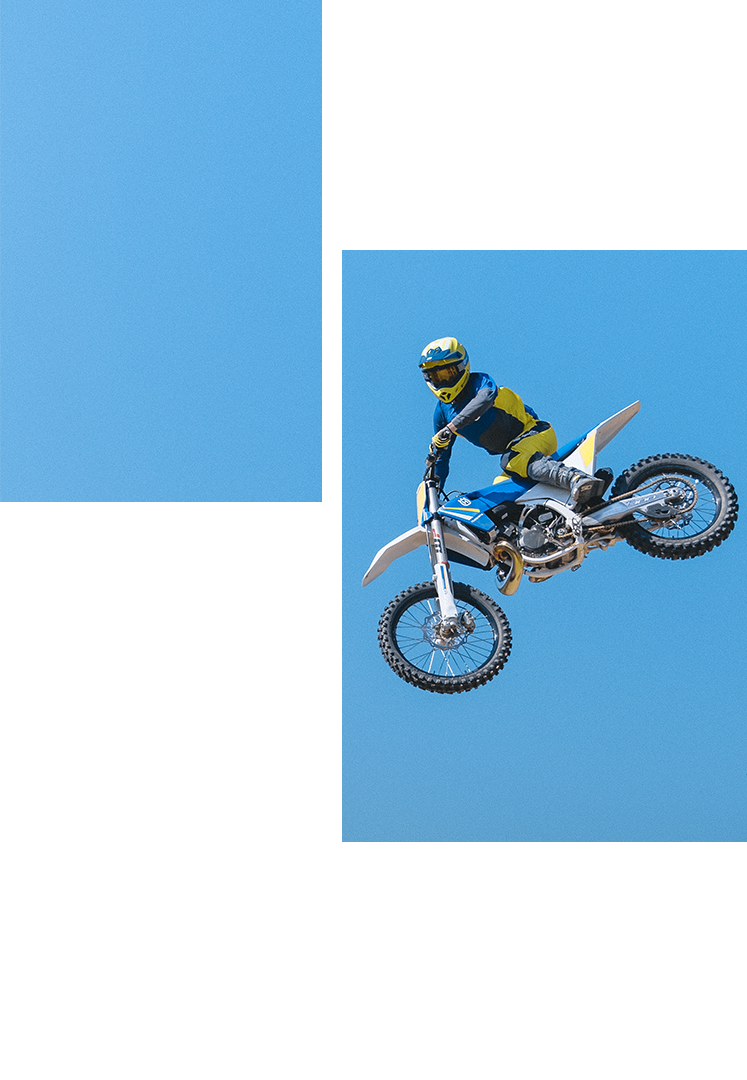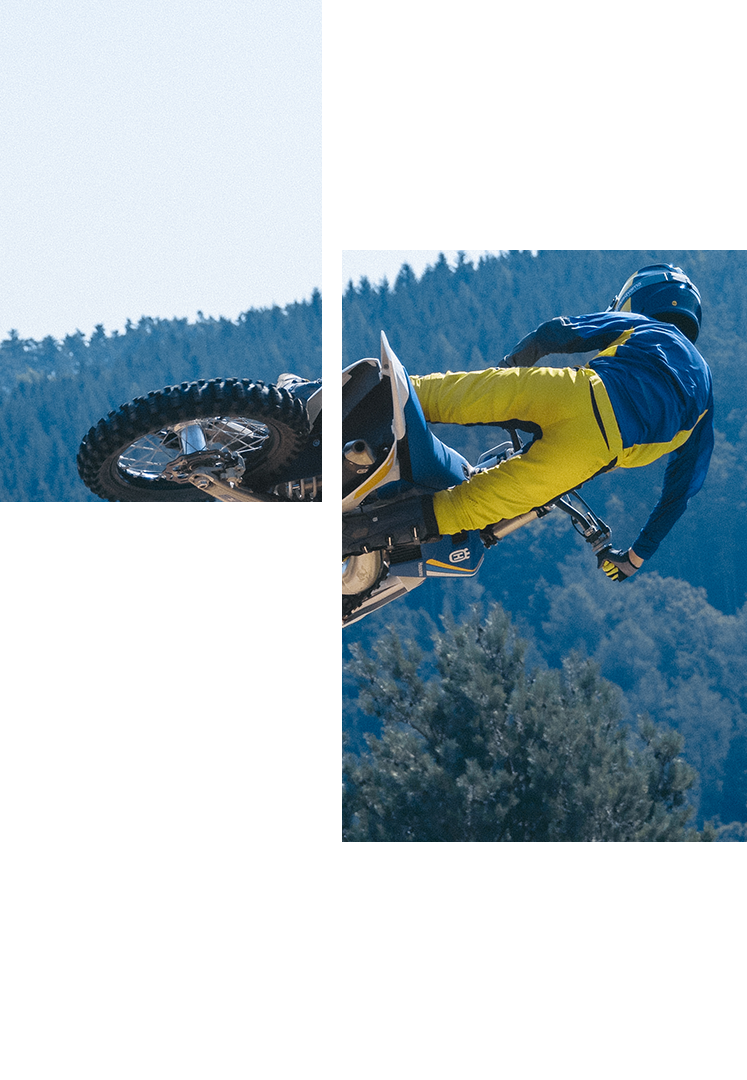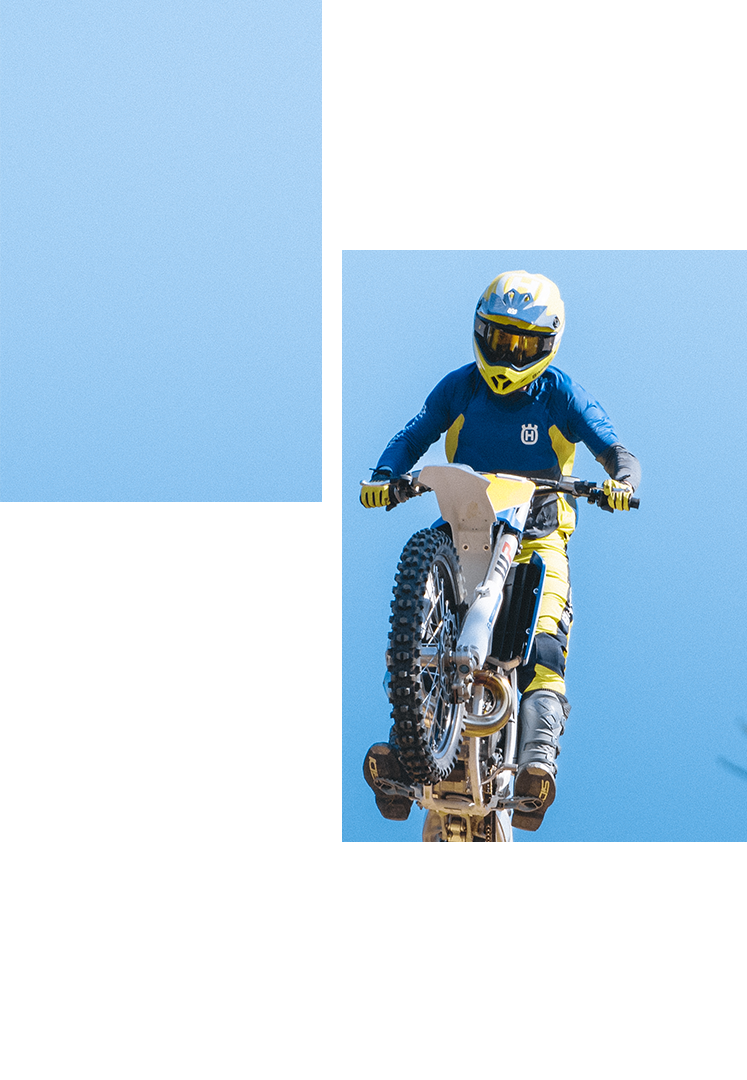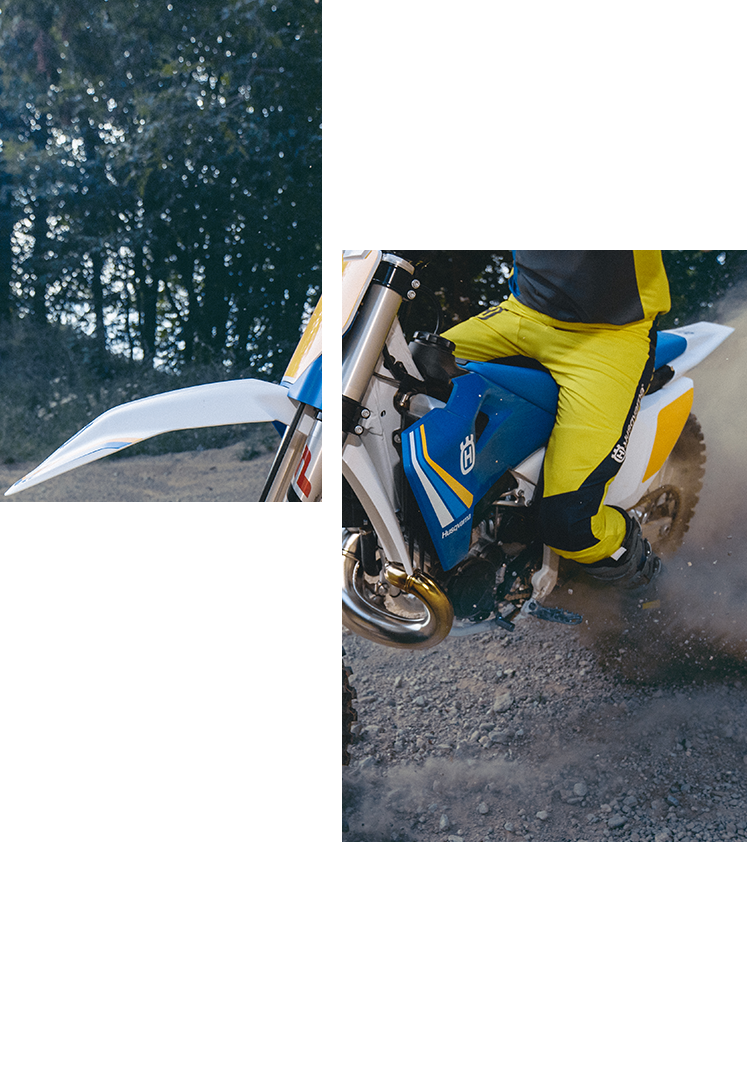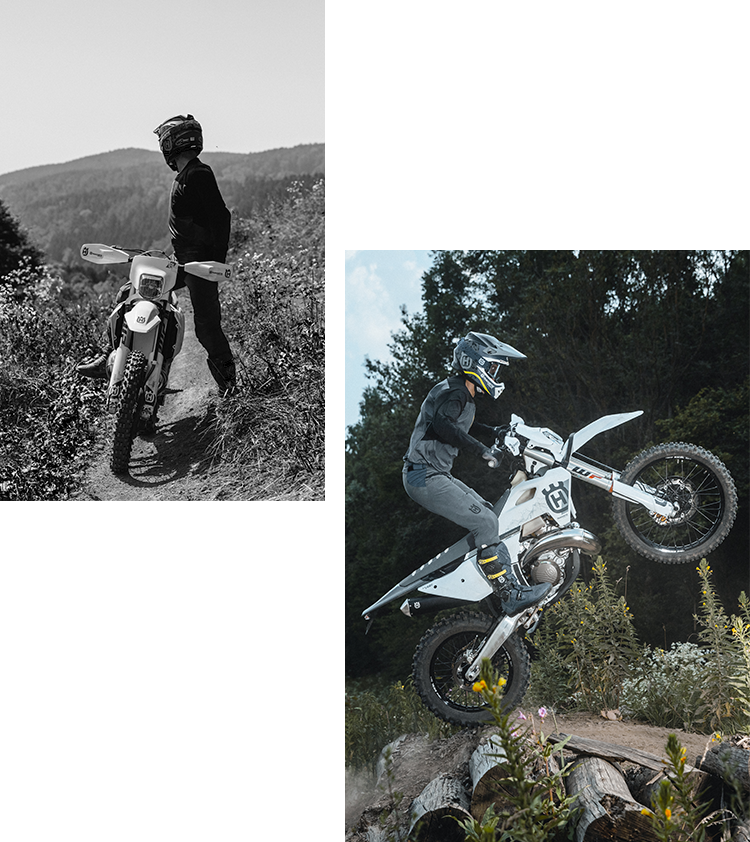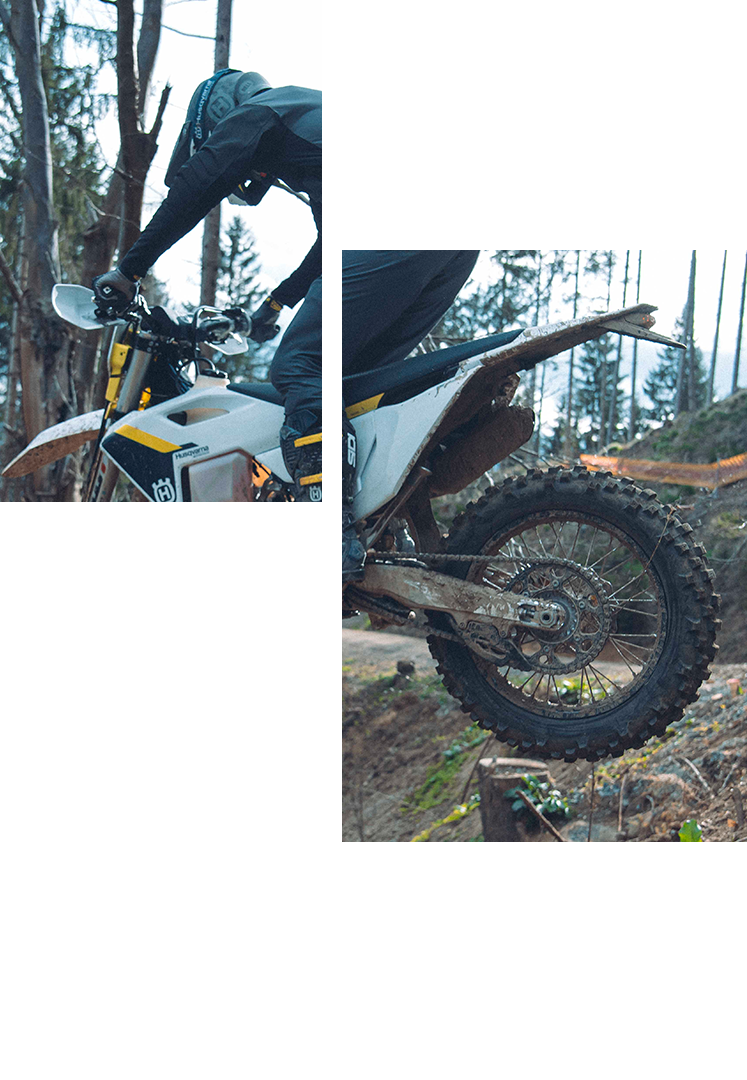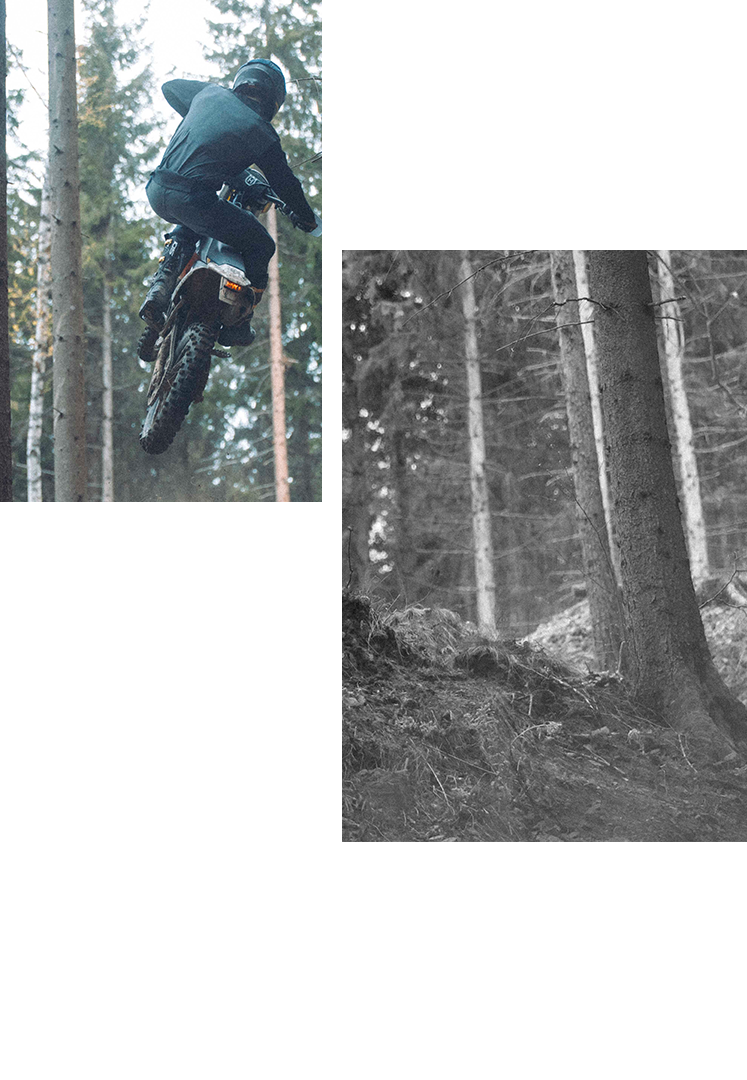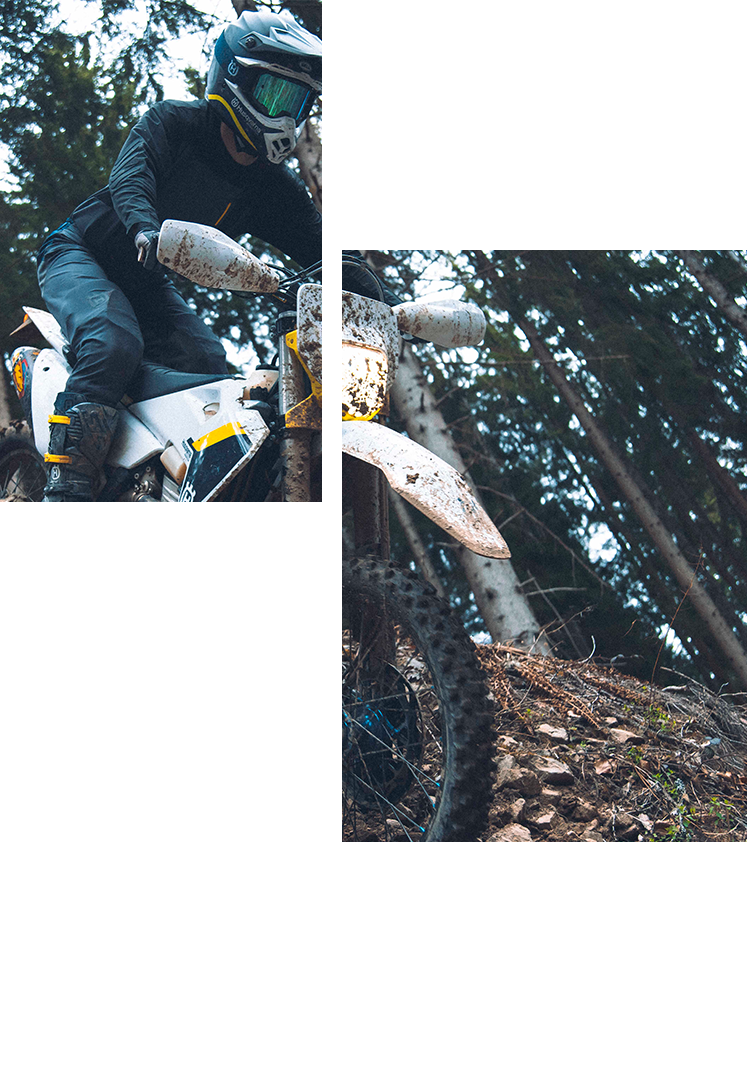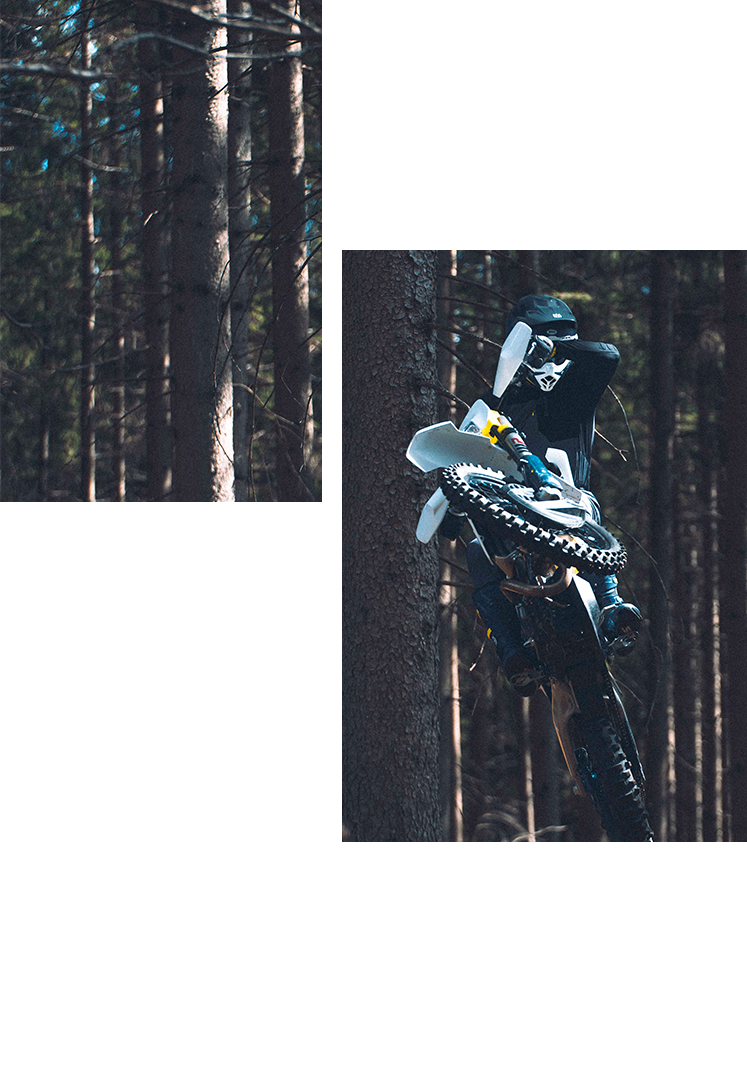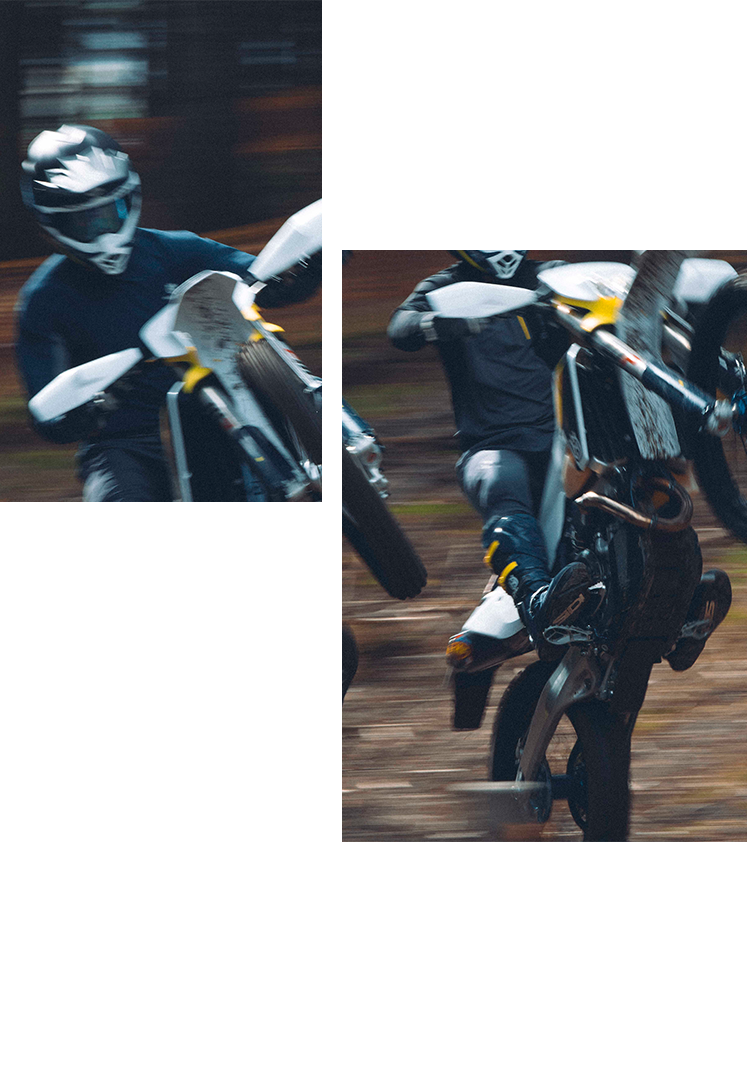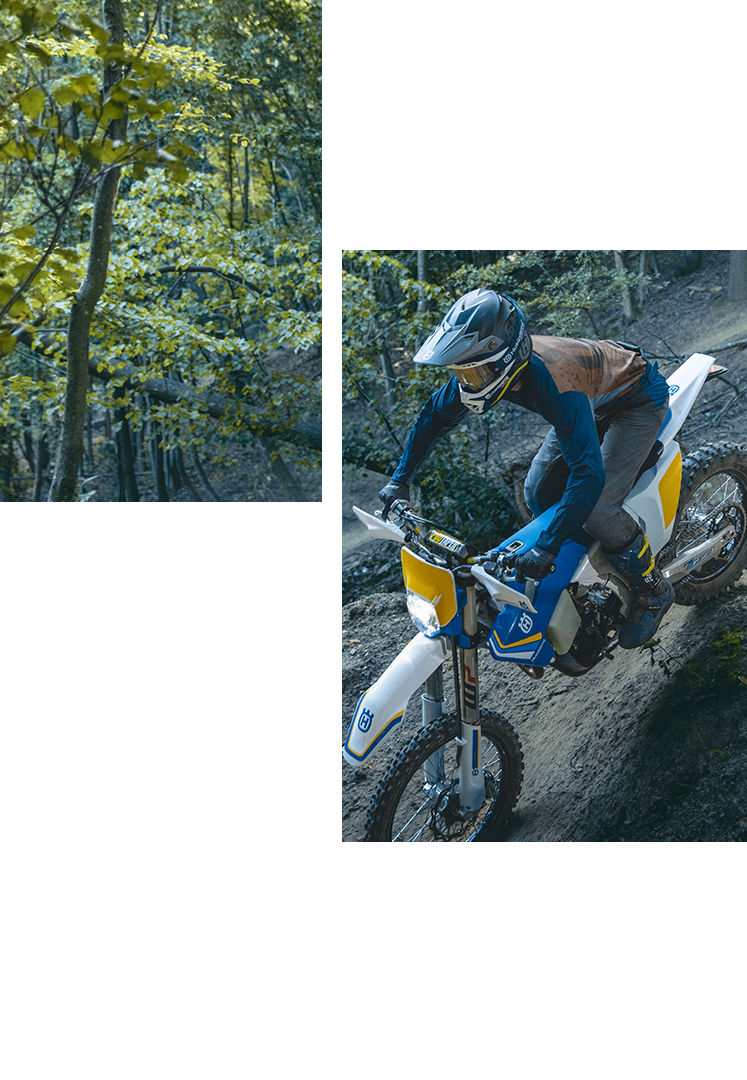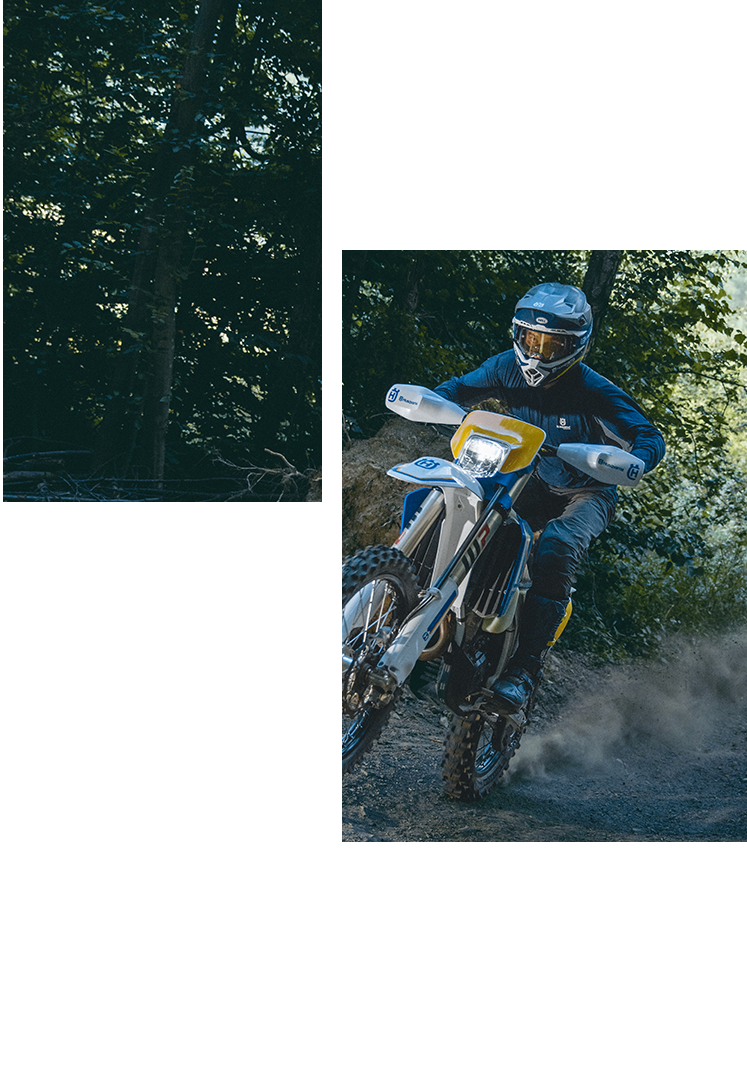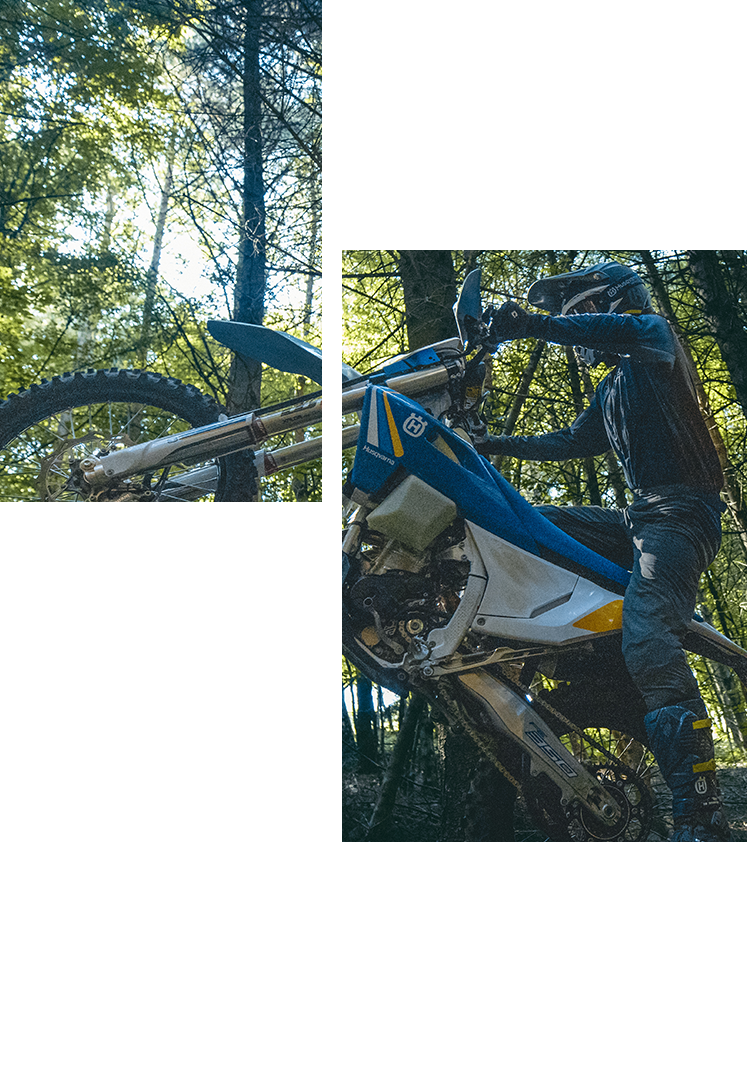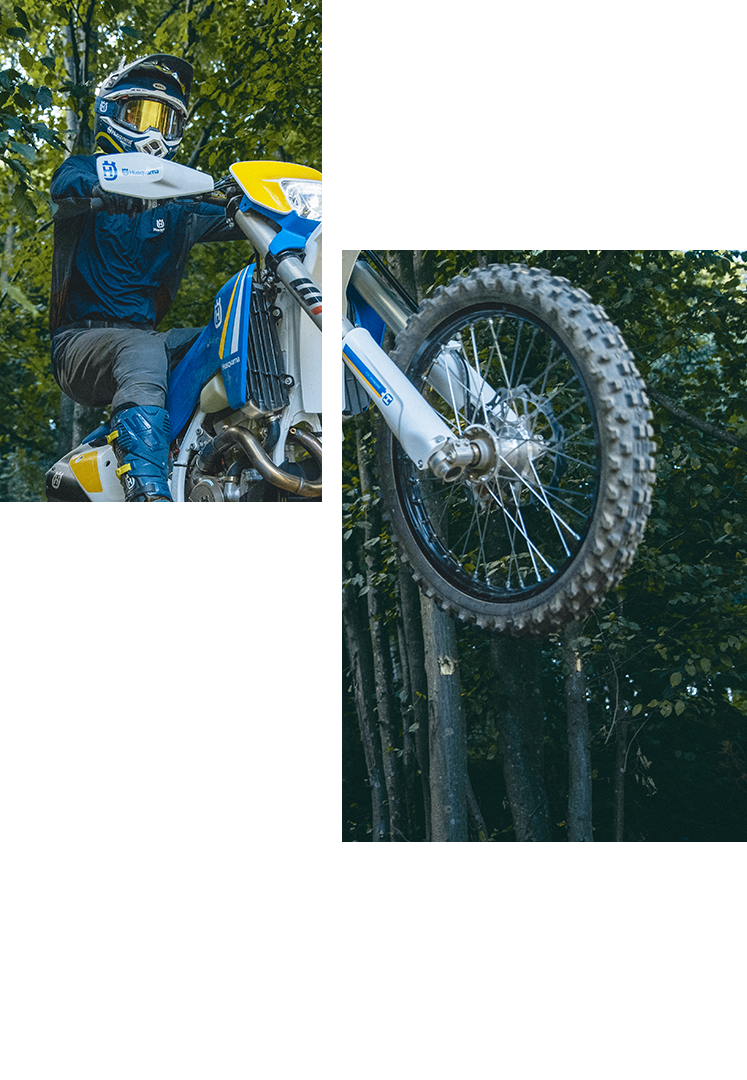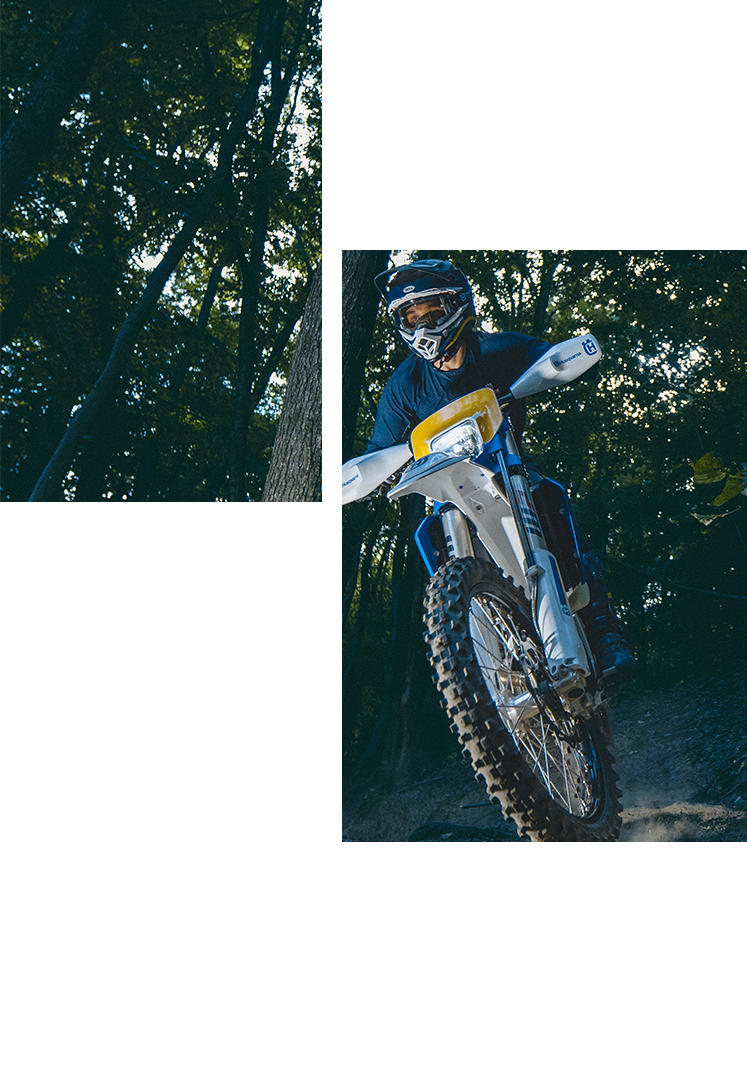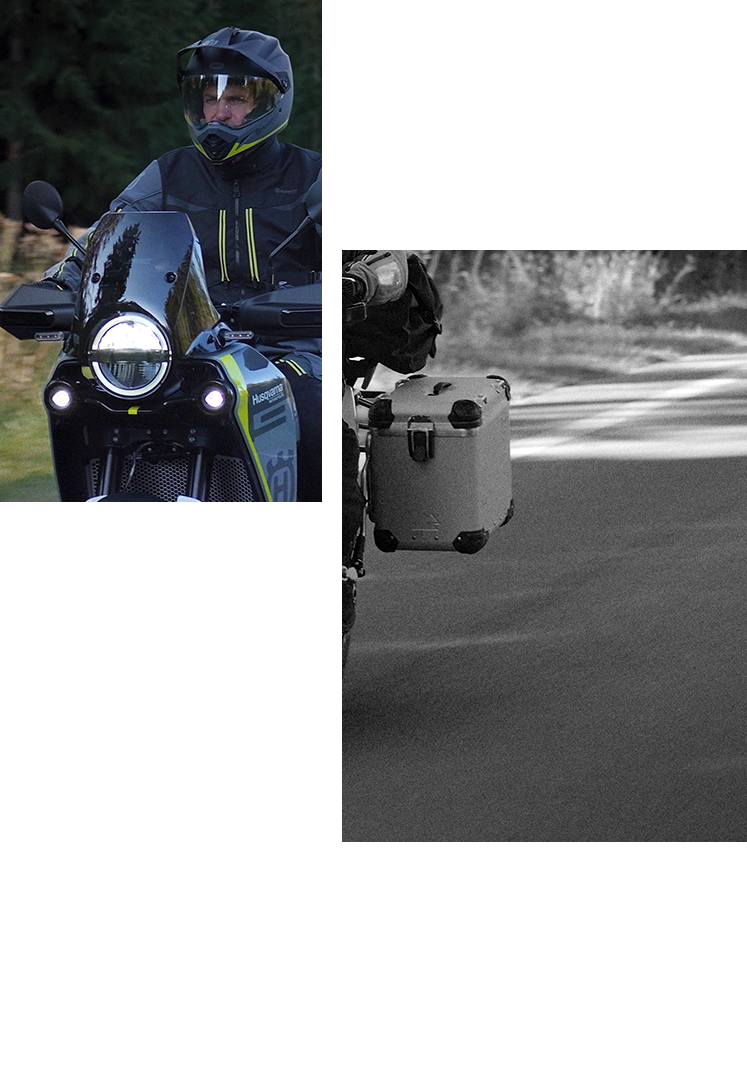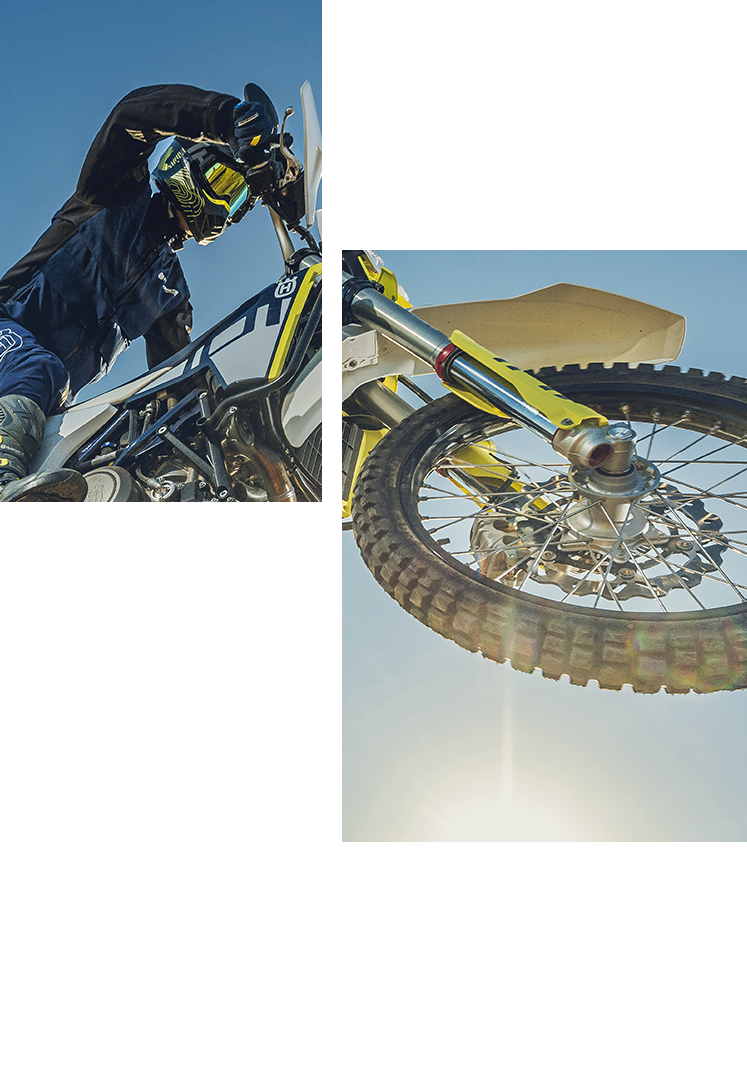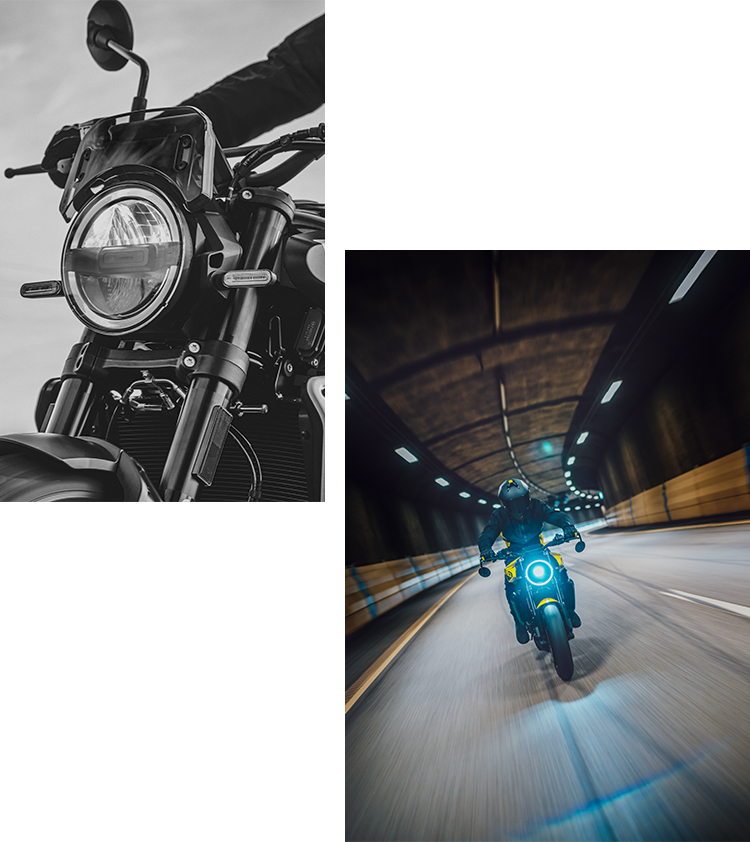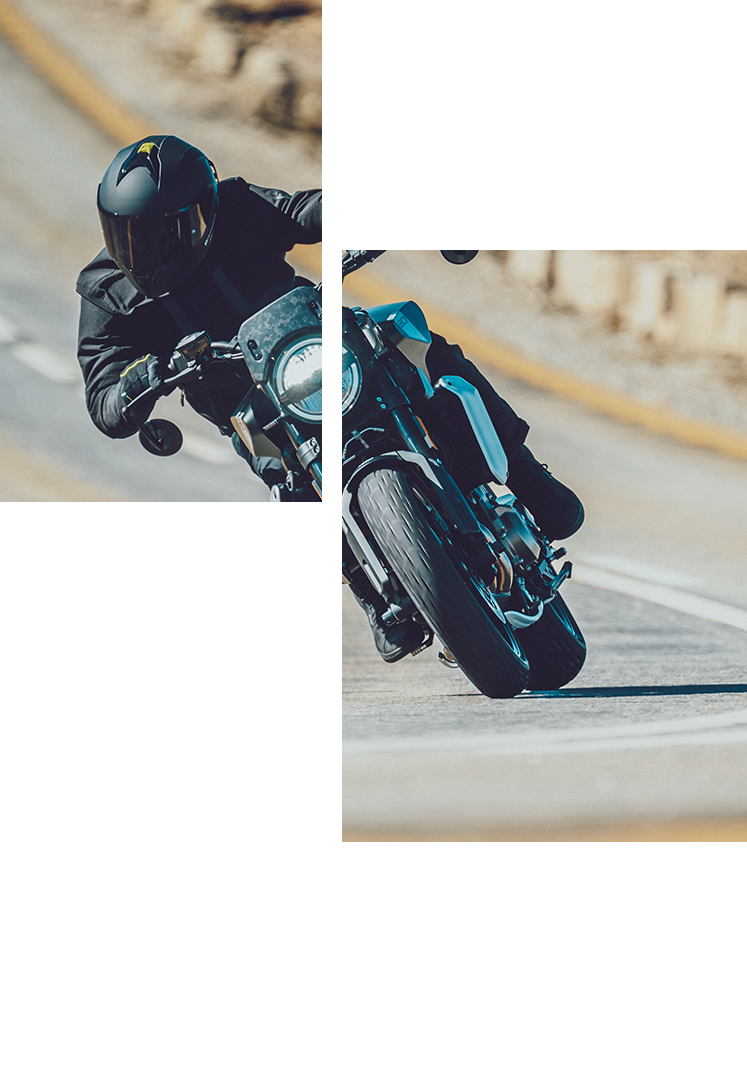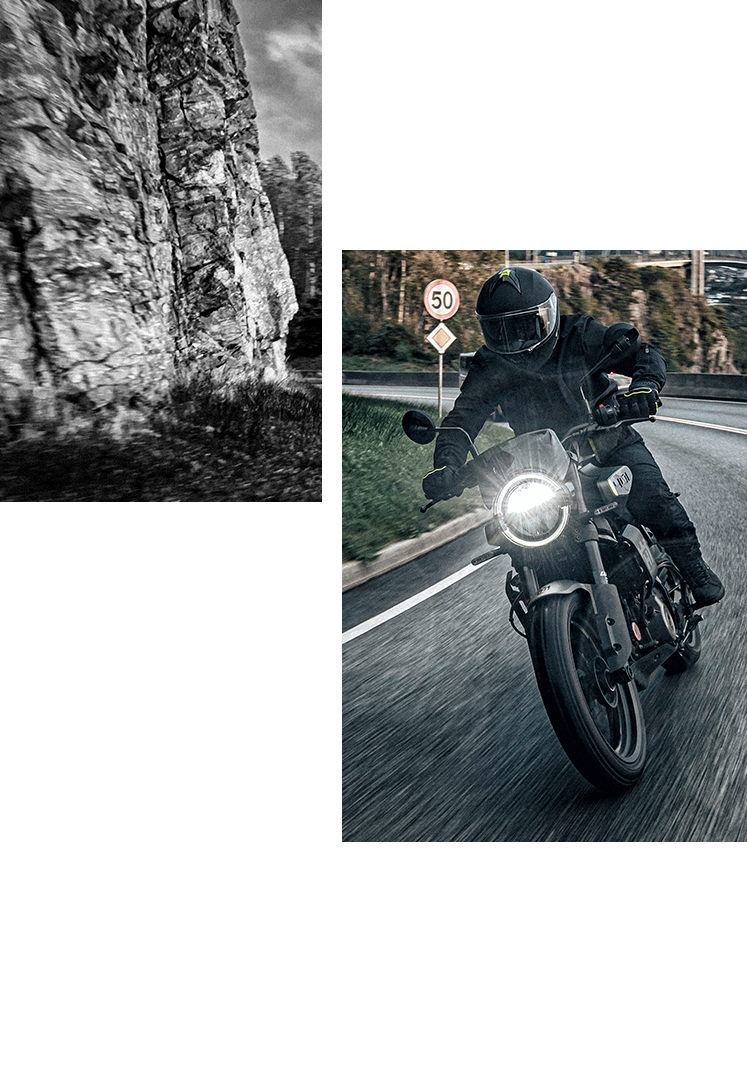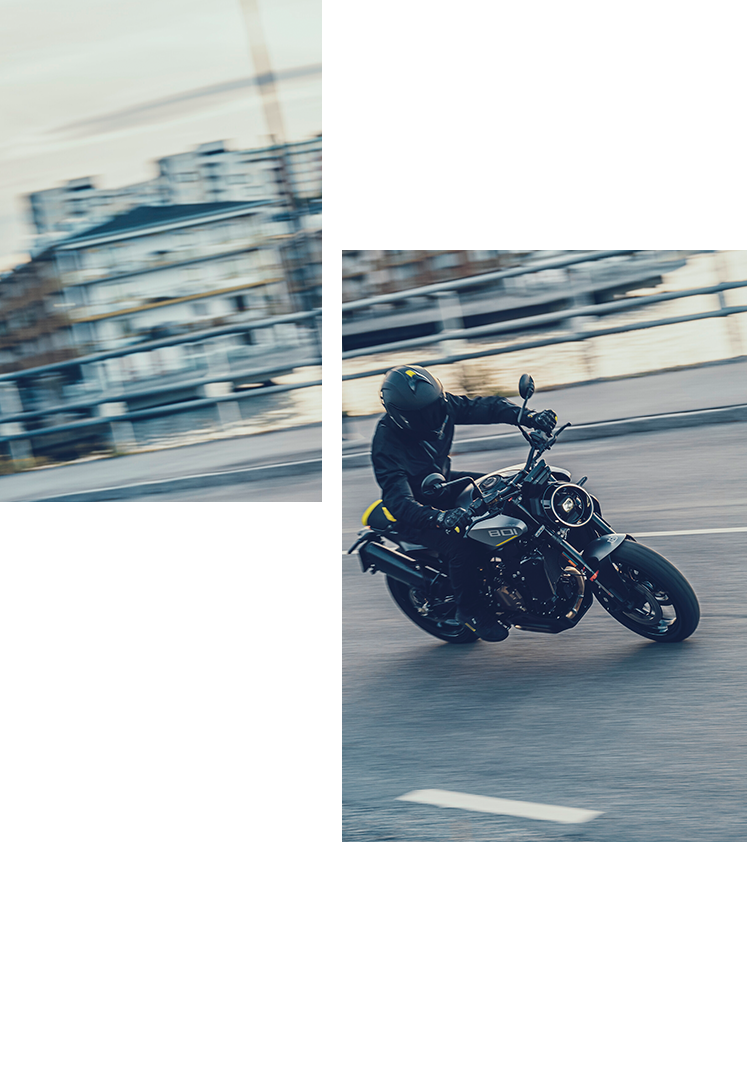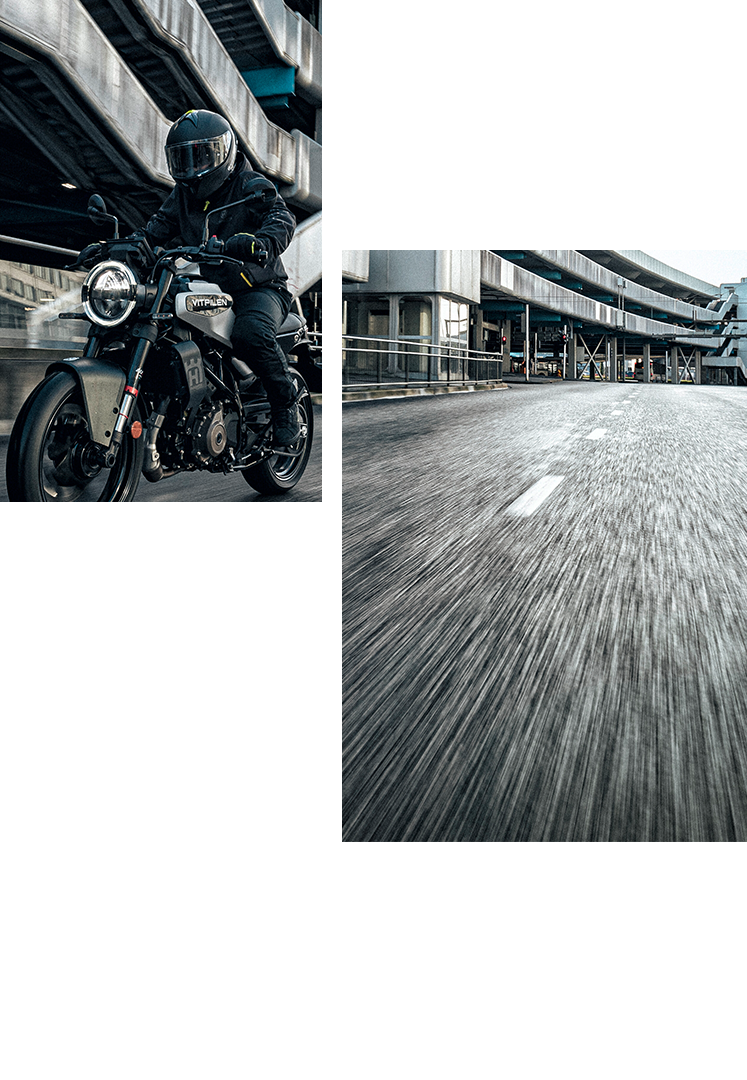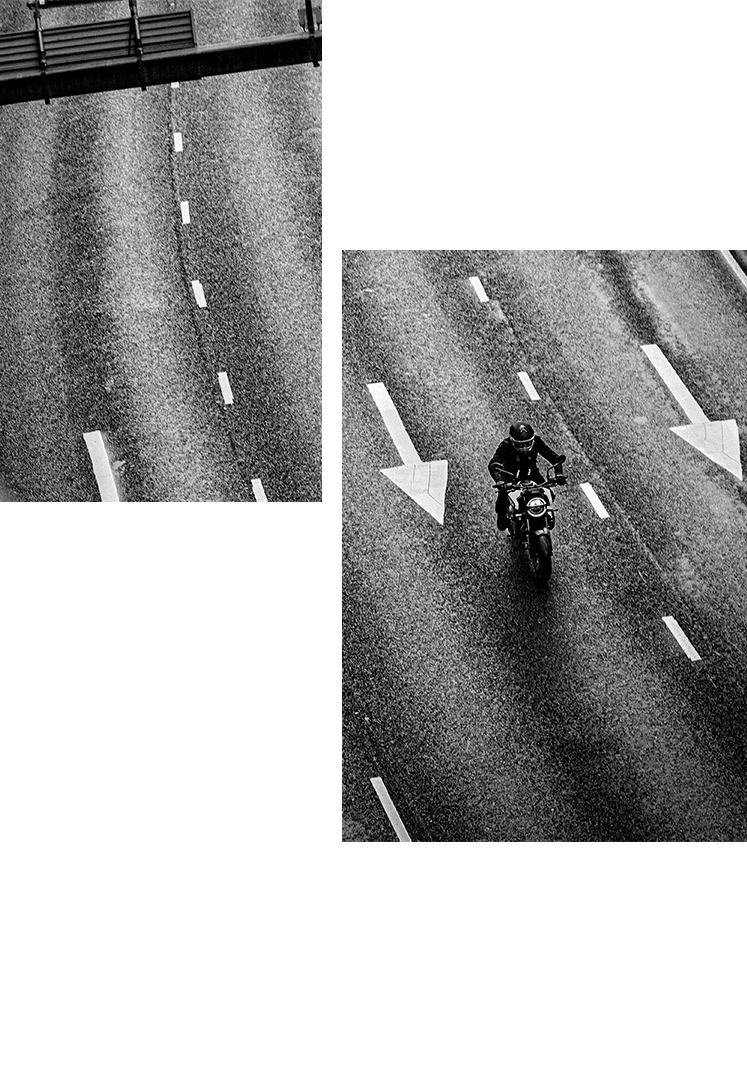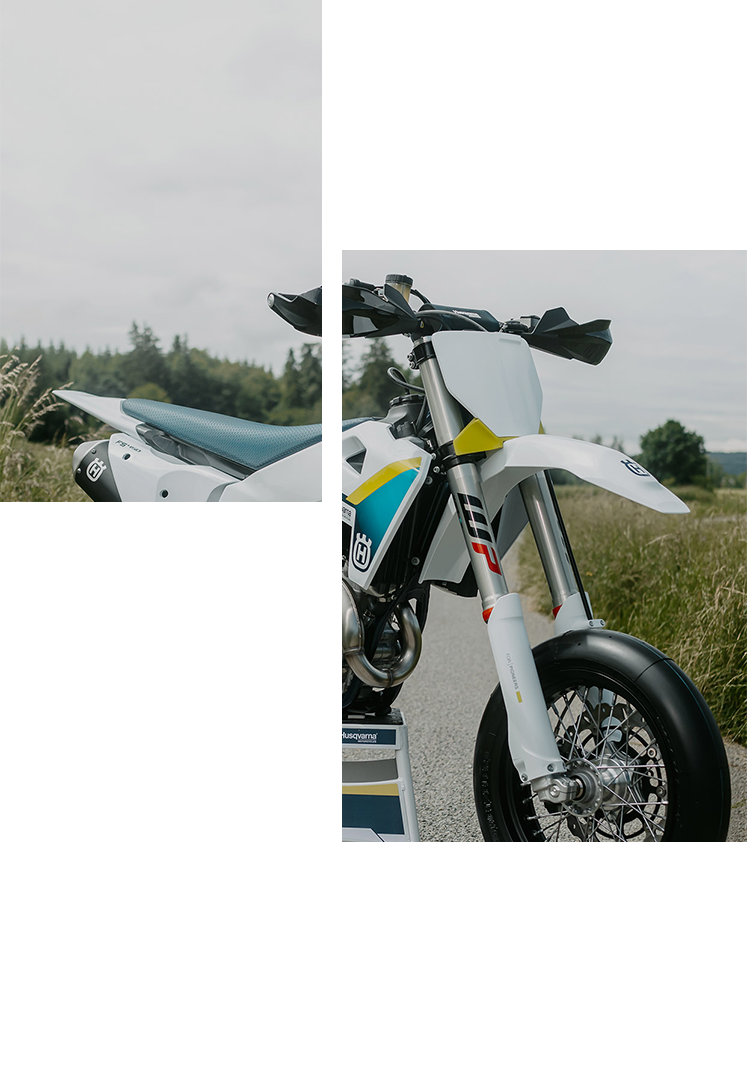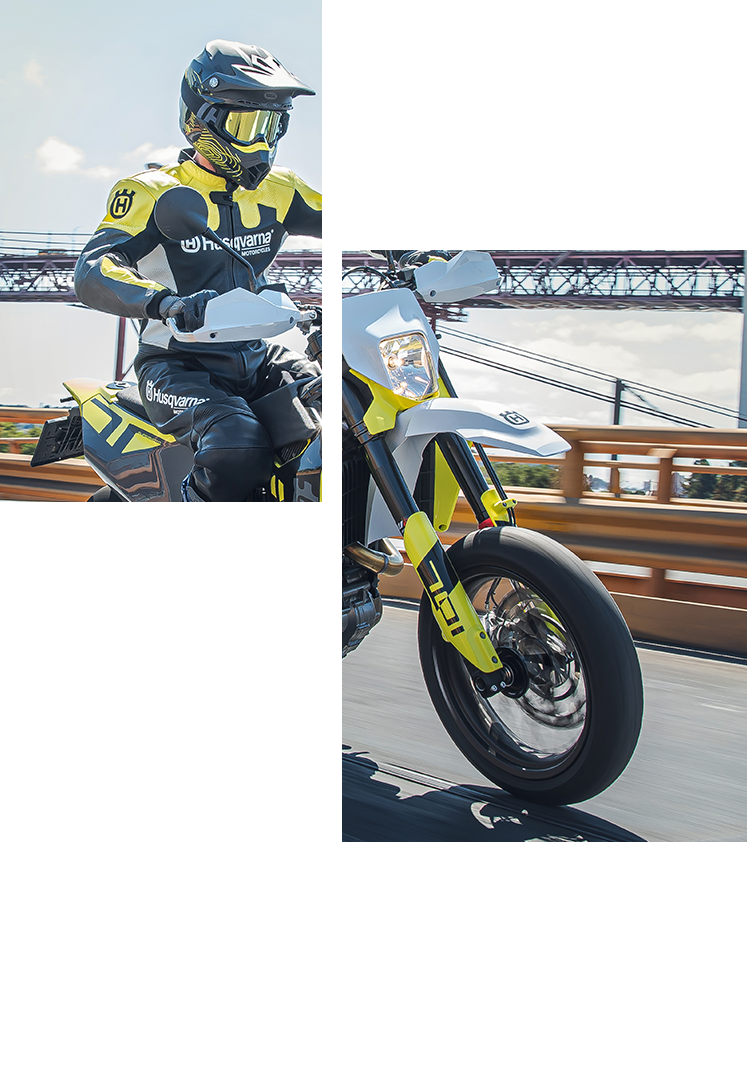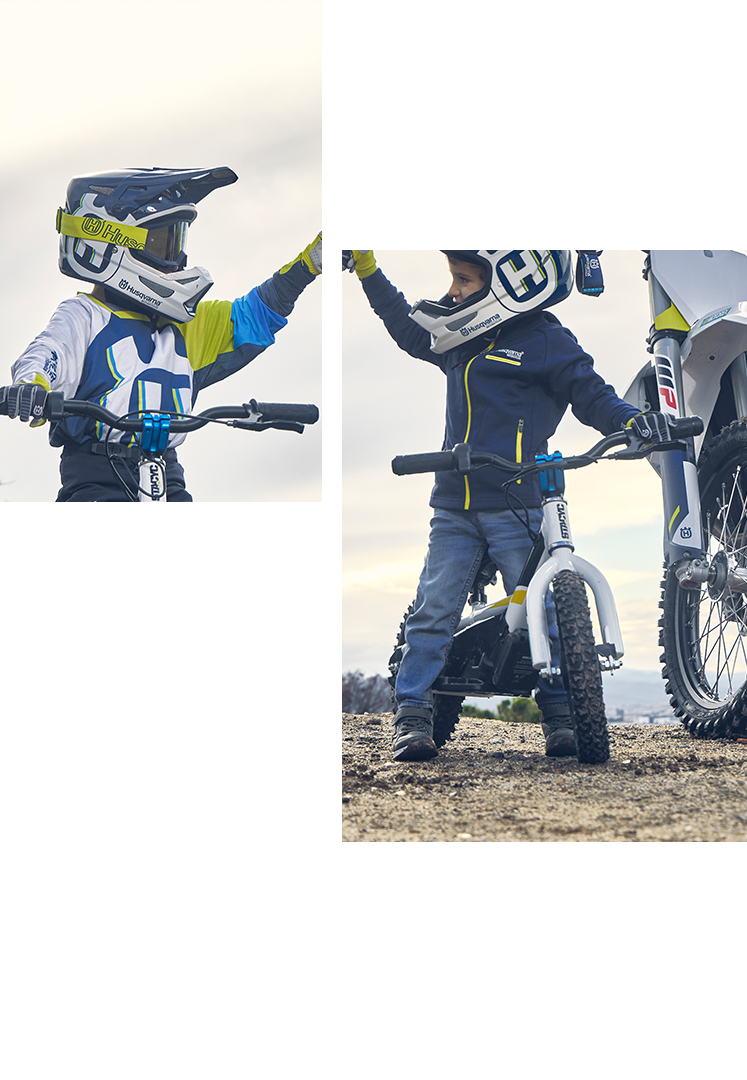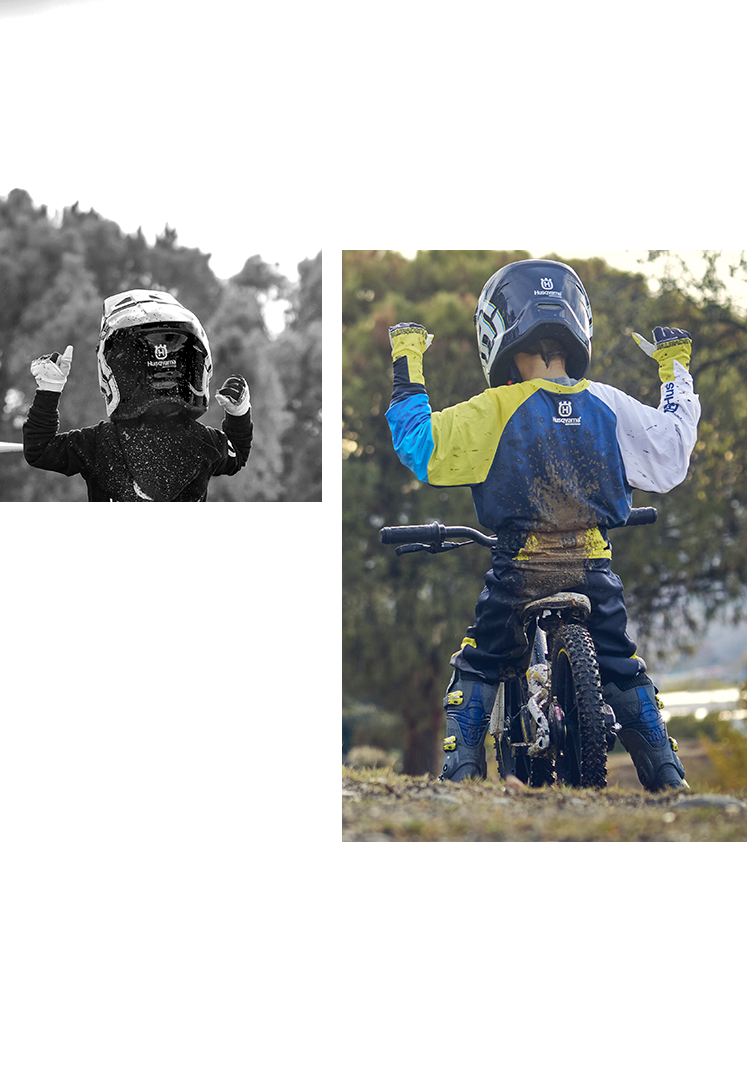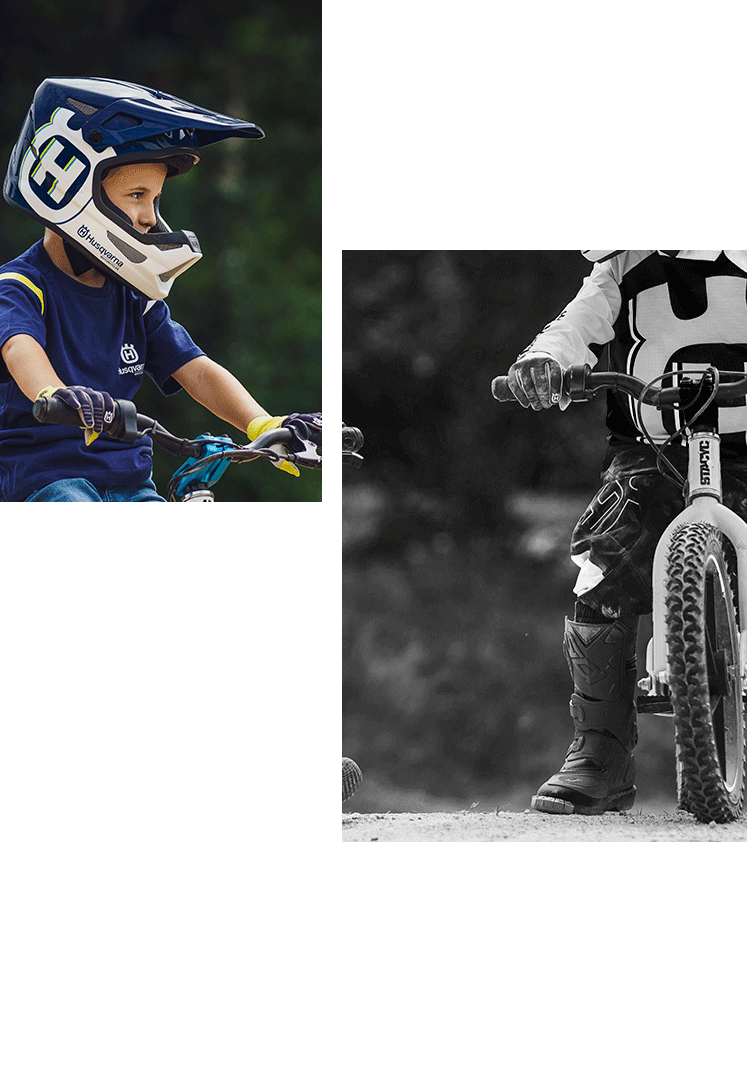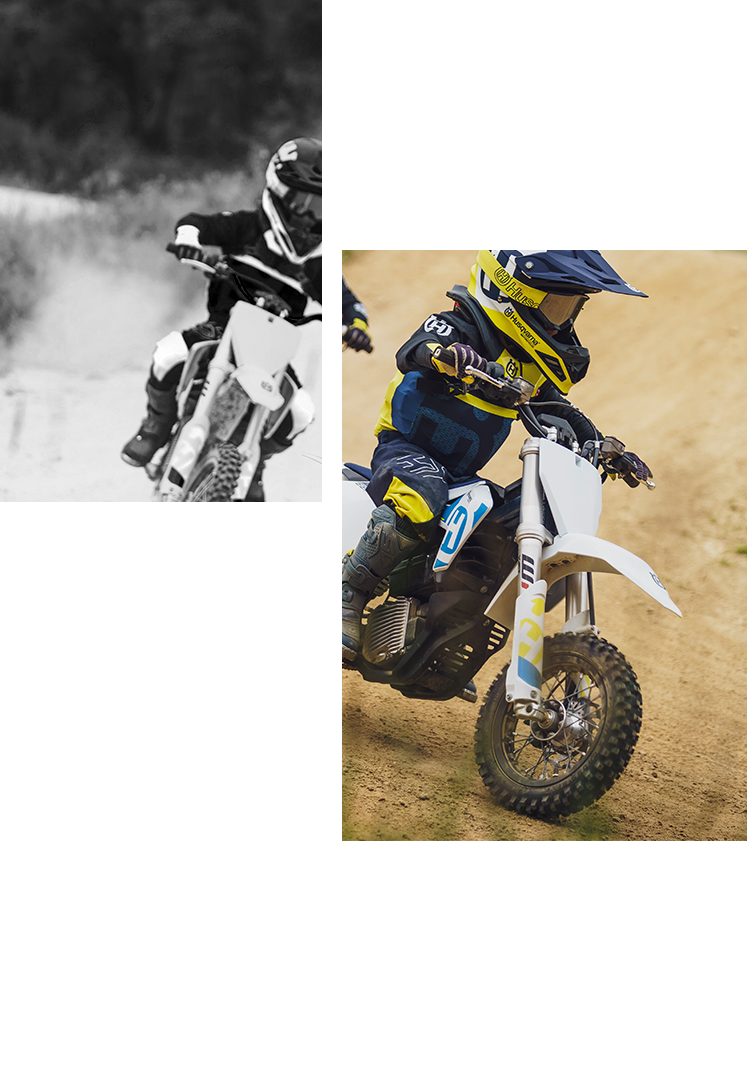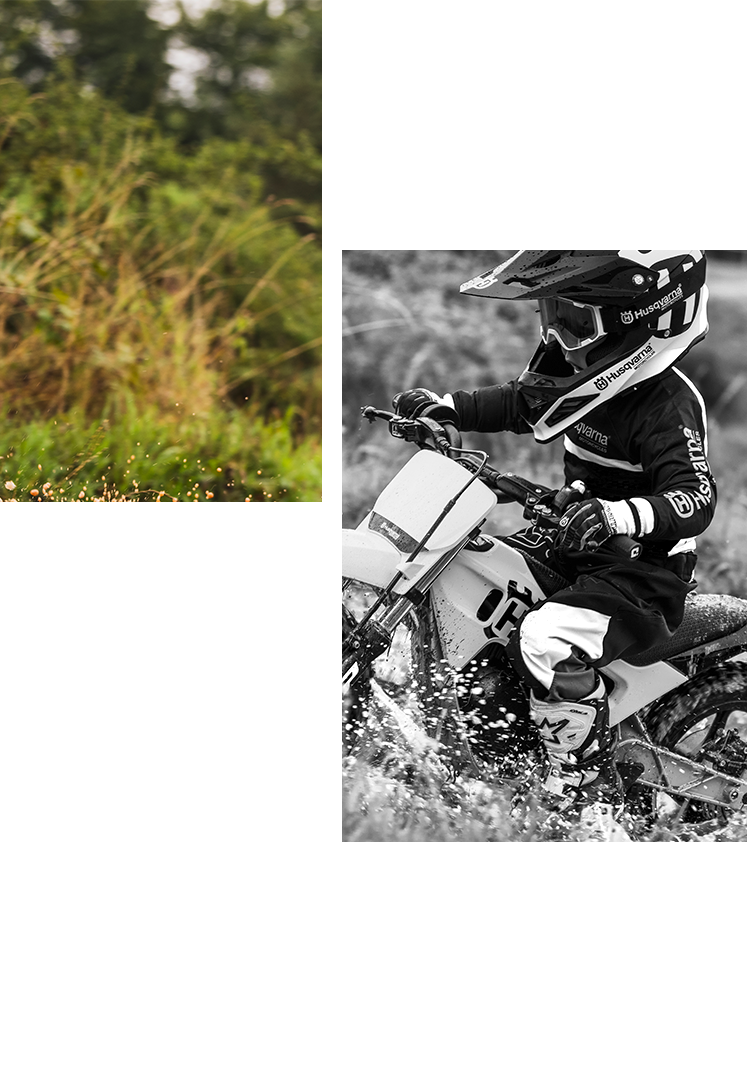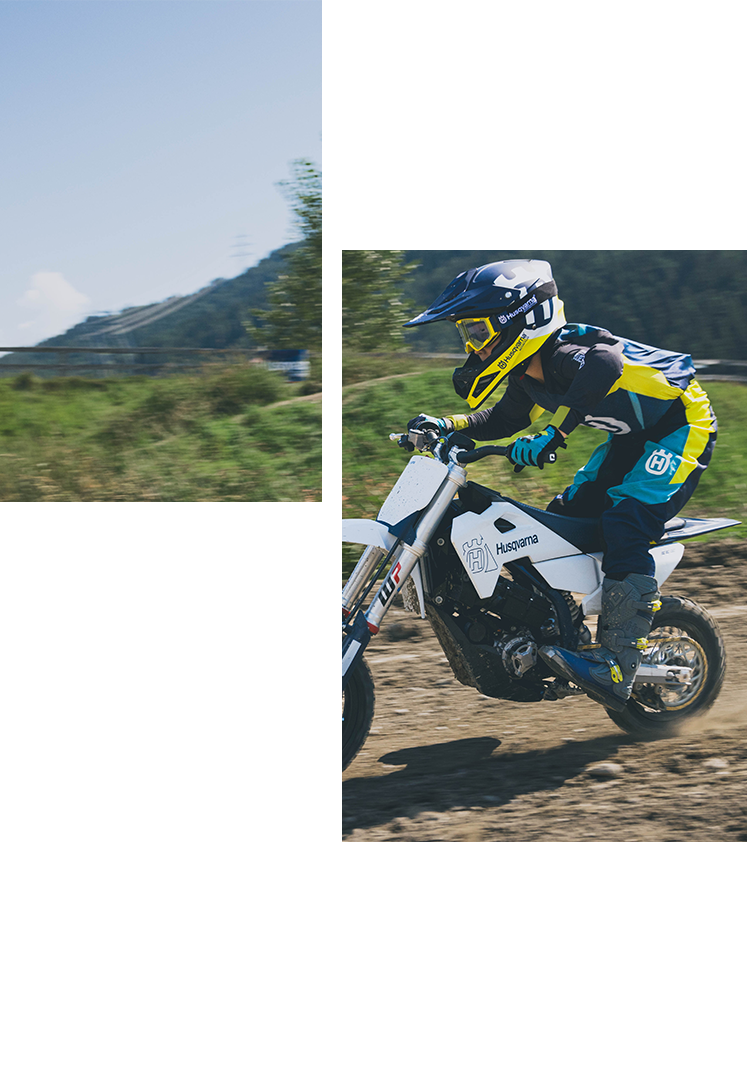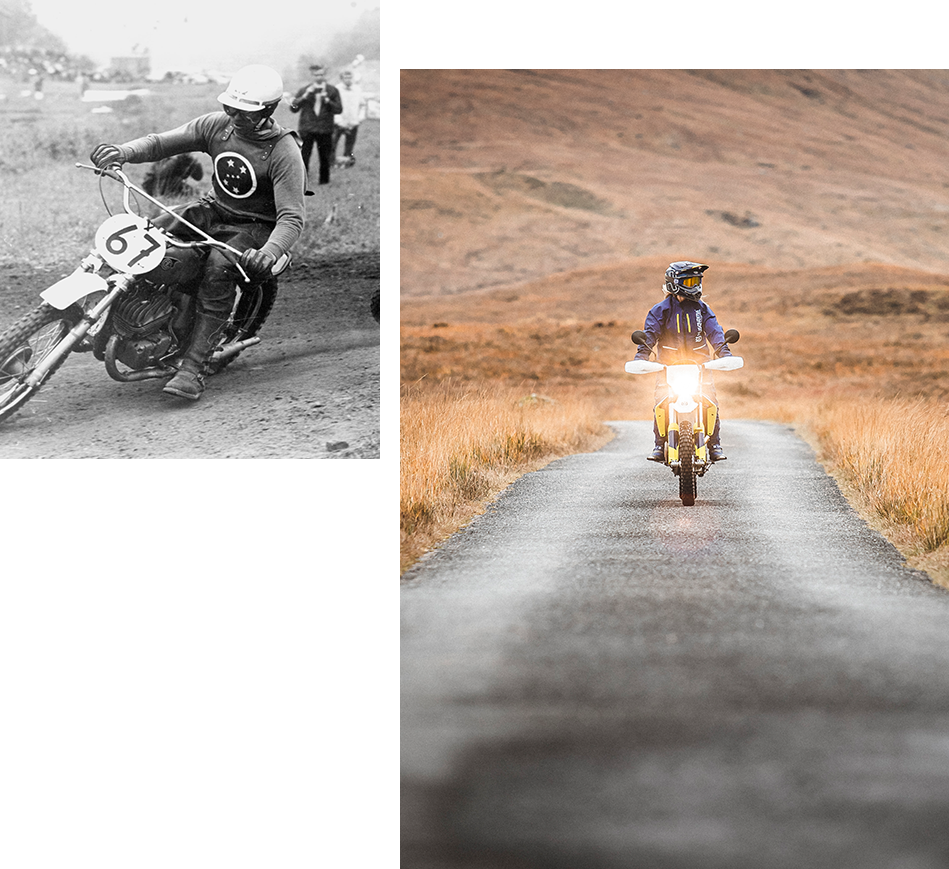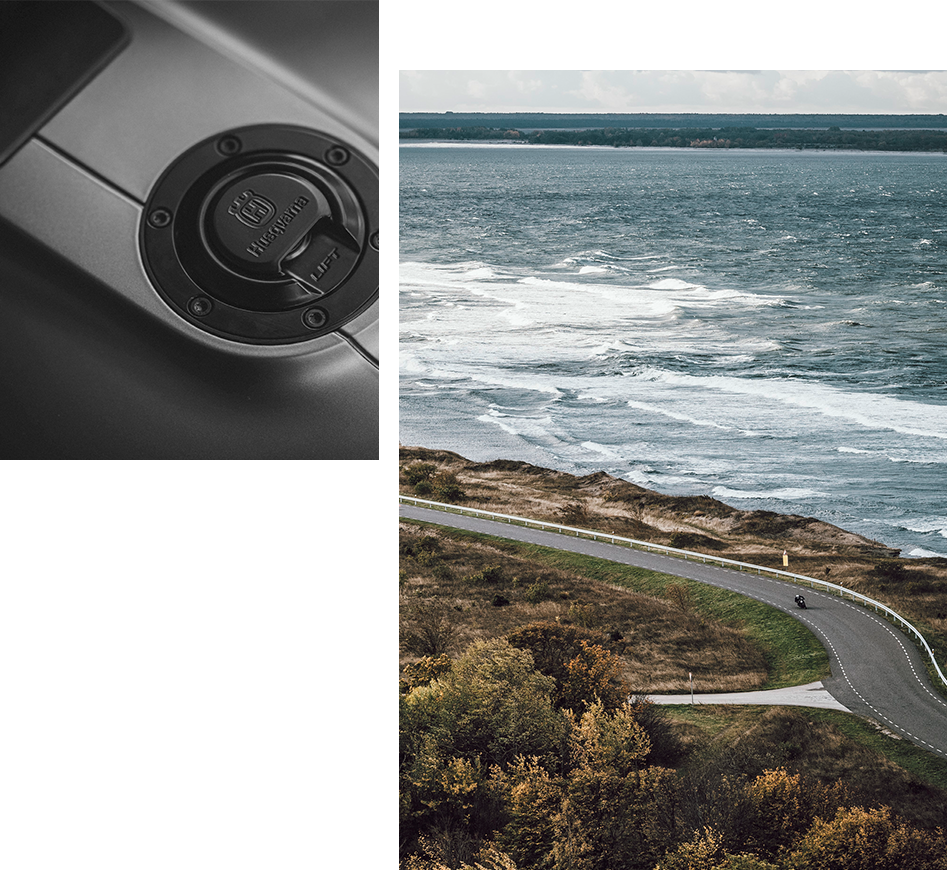Training camps
By Kenneth Olausson
Most people know that you have to be in a good physical shape in order to ride motocross well. This was common knowledge already in the 50s, but it wasn’t until twenty years later that training camps became popular. As Husqvarna wanted to support a future American world champion they recruited Brad Lackey, who in the 70s was as determined about strength practice as he was training on his Swedish bike...
One of the true training buffs in motocross is the Swedish giant Rolf Tibblin, who won his first 250cc European crown for Husqvarna back in 1959. He regarded good physical training as an absolute must in order to become a successful rider. Not only did he preach for practicing strength, but he was also keen on emphasizing endurance stamina. No doubt he became one of the fittest motocross riders ever and in order to do so, Rolf Tibblin developed his own training regime.
Another rider keen on keeping in shape was four-times world champion Torsten Hallman. In his book "Mister Motocross" (ghost written by yours truly), Torsten spends a whole chapter on the physical practice. It turned out that there extensive analysis was made by the Swedish Physical Sports Institution. They wanted to compare statistics with other sports and athletes and it provided some interesting results when comparing figures.
The physical tests carried out were on eight different top riders, of which four of them had been world champions. At the time of the tests they were aged between 21 and 34, weighing between 66 and 84 kilos. Without going into details one can say that during a race the rider inhales ten times as much oxygen in a minute compared to a person at rest. The maximum heartbeats in the race situation is around 180 per minutes while the compared figure for a simulated race lies at 160. The remaining 20 palpitations can be assigned to the stress moment.
Torsten Hallman also pointed out that no other sport has a similar maximum frequency, or even close to maximum, of the heart during such a long time. Consider there were two motos at the time, each consisting at around 45 minutes of hard racing. The representatives of the Swedish Physical Sports Institution were surprised at the results for the motocross riders. They had never expected to see sportsmen so fit in this category of motor sports.
The American Brad Lackey started to ride in Grand Prix Racing back in 1972. During his two first seasons he came over to race in Europe on his own expenses before hitting it off with Husqvarna for the 1974 season. Brad was riding in the 500cc class together with the Finn Heikki Mikkola. Both riders were keen athletes and devote a lot of time to their individual physical training. It was therefore no surprise that these two men were leading Husqvarna's winter training camps as they were held in northern Sweden near the town of Alfta. From the factory leaders the competition manager Roland Arréhn was responsible at the training camp.
Here, not only physical practice was conducted. There were also serious discussions over proper diets, how the rest influenced the training moments and also mental practice was part of the extensive program here. The camps usually lasted for a week or so and the rigorous physical exercises were conducted both in and outdoors, more often than not under winter conditions.
Outside, people were running around in the snow while practicing indoors meant being in a gymnastics hall. Most of the tests & exercises in Alfta imitated race situations as much as possible, which resulted in making the right groups of muscles work while static.
Last, but not least, over and over it was stated that a future top rider has to practice and be stubborn beyond most standards. No champion was ever made in a day!
